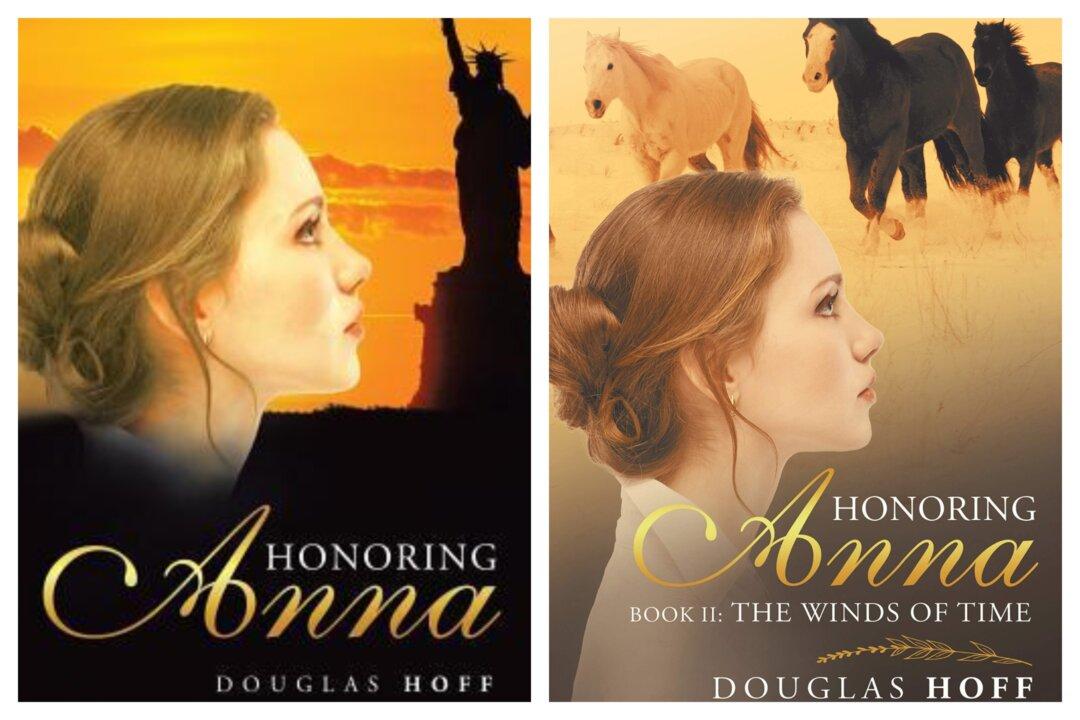This article was published in 2017.
As unique events that can leave people feeling vulnerable and helpless, disasters can take an emotional as well as a physical toll. Even those not directly exposed to a trauma may experience it secondhand due to extensive media coverage. While a growing body of evidence suggests that, in time, most will be resilient enough to handle a traumatic event, children may need the support of adults to help them make sense of trying times.





